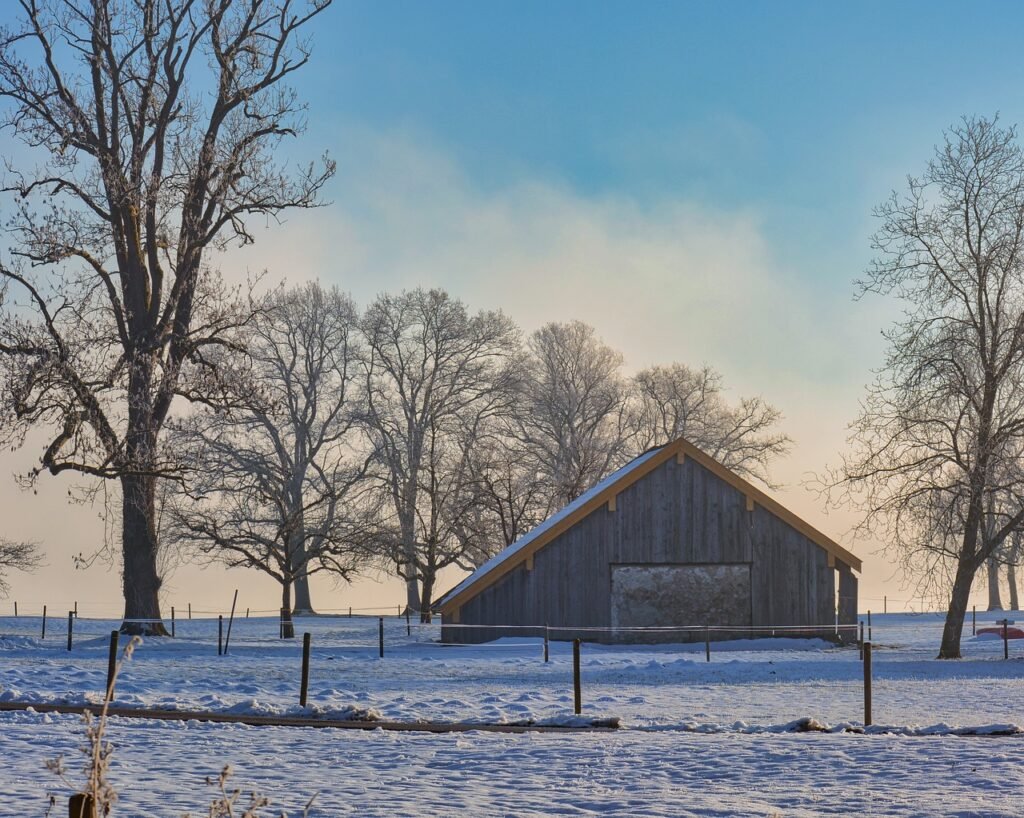Energy is a valuable resource, especially in agriculture. During the colder months, energy consumption on farms tends to increase due to heating and other systems.

However, there are various strategies to optimize this consumption, reduce costs, and contribute to a more sustainable future.
Insulating buildings and structures: Good thermal insulation in your farm’s buildings and structures is essential to maintain a stable temperature and reduce heat loss. This involves insulating walls, ceilings, floors, and any openings such as doors and windows. Insulating materials not only help keep heat in during winter but also keep the cool in during summer.
Efficient heating use: Heating accounts for a large portion of energy consumption on farms during winter. To optimize its use, consider:
- Efficient heating systems: Invest in energy-efficient heating systems, such as condensing boilers or heat pumps.
- Smart thermostats: Use programmable or smart thermostats to automatically adjust the temperature according to your needs.
- Regular maintenance: Perform regular maintenance on your heating systems to ensure optimal performance.

Installing LED lighting systems: LED lighting consumes much less energy than traditional bulbs and lasts much longer. Replacing incandescent and fluorescent bulbs with LEDs in your facilities can generate significant savings on your electricity bill.Harnessing renewable energy: Explore the renewable energy options available in your area. Solar energy, for example, can be used to generate electricity and heat water, reducing your dependence on conventional energy sources.
